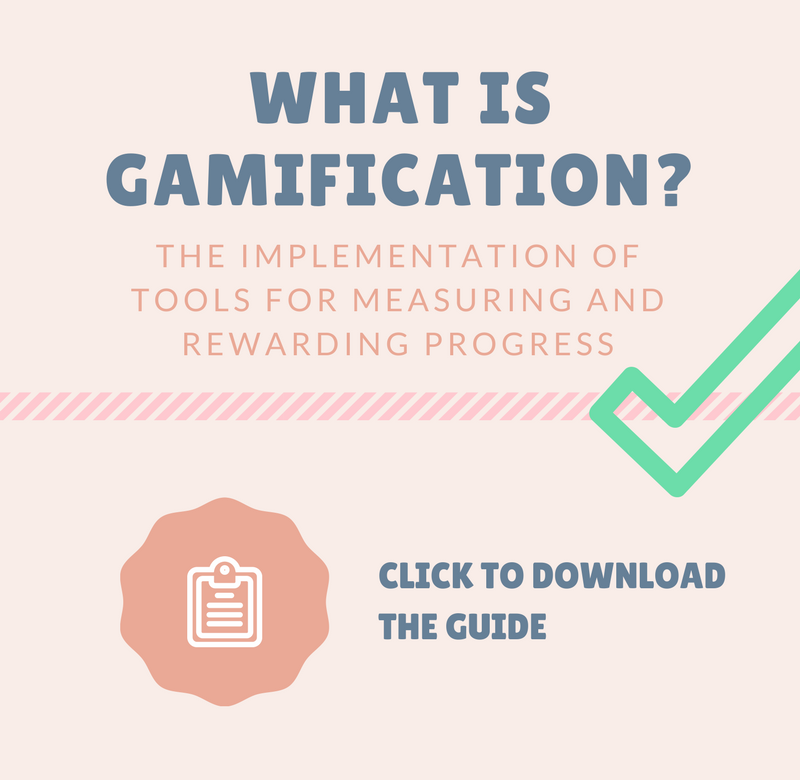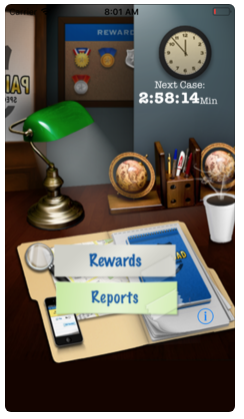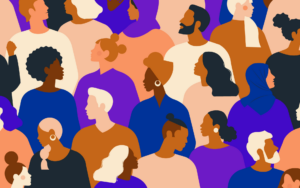Gamification has been a recent buzzword in marketing, and there are dozens of examples that demonstrate its return-on-investment. But effective gamification is difficult to execute, making a thorough understanding of gamification principles essential to creating successful initiatives.
The term “gamification” itself is actually relatively new. Coined in 2010 and frequently misunderstood, gamification refers to the practice of taking elements of successful games and using them in other pursuits including productivity, fitness, and – wait for it – saving the world. It has exploded in popularity since its inception, but how much of that popularity is driven by sound business sense?
In 2012, Gartner Inc. predicted that 80 percent of gamification efforts would fail within two years. A 2015 article praised Gartner’s assessment, adding that poor gamification design is both widespread and devastating for gamification efforts.
With these statistics in mind, how can you actually use gamification effectively in your marketing?
Principles of Effective Gamification
The first caveat when considering gamification is that creating a gamified product or marketing campaign does not necessarily mean creating an actual game.
Gamification refers only to taking game elements and applying them to new scenarios. Although this can lead to the creation of a game (and sometimes has, as in popular lifestyle app Habitica), it does not necessarily need to. Credit card rewards points and Starbucks reward cards are famous and extremely effective methods of gamification that are far from games themselves.
In developing gamification programs, there are three building blocks that appear most often:
- Points
- Badges
- Leaderboard
Points are a simple method of rewarding users for individual actions. The points received after a credit card purchase or cup of coffee are a reward in and of themselves, and encourage repeating desirable behaviors. They can usually be redeemed for other rewards down the line.
Badges mark larger milestone achievements, and are often given out to mark more significant accomplishments. The inclusion of levels (a gamification element on their own) in the Starbucks reward program is a famous example of badges.
Finally, leaderboards track the status of all players, adding a competitive and social element to an application. Leaderboards can be highly effective in encouraging users to keep playing, but their use can also be restrictive. Some applications, such as credit card rewards or patient health, don’t lend themselves to leaderboards because of privacy. For others, the presence of a leaderboard with seemingly unattainable high scores can discourage continued play. Slate wrote this article about the topic and FlyWheel, a popular cycling studio that utilizes a scoring system to motivate its riders.
Beyond Points, Badges, and Leaderboards
Points, badges, and leaderboards are the tactical building blocks that can be used to build a gamified product or campaign. But simply applying tactical techniques to an otherwise ungamified effort is a recipe for the poor gamification design that plagues many businesses.
Gamification expert Yu-kai Chou argues that gamification must begin with an understanding of audience motivations and drives before jumping directly into the implementation of points, badges, and leaderboards. In his book Actionable Gamification, Chou presents eight “core drives” that motivate people to take action—and should therefore be at the heart of any gamification effort.
These eight drives are:
Meaning – The desire to feel that actions have purpose
Accomplishment – The drive to achieve and overcome challenges
Empowerment – The desire to choose one’s own direction and try a variety of solutions to a problem
Ownership – The desire to own things and have possession
Social Influence – The drive to interact with, help, learn from, and compete with others
Scarcity – The drive of wanting things you can’t have
Unpredictability – The drive of wanting to know what will happen next
Avoidance – The drive to avoid pain or negative consequences
The effectiveness of points, badges, leaderboards, and other elements is, according to Chou, due to their ability to tap into these eight drives. Point systems can activate drives for meaning, accomplishment, empowerment, ownership, and sometimes avoidance. Badges most effectively tap into accomplishment and scarcity. Leaderboards are especially good at channeling social influence.
Of course, not every marketing initiative needs to tap each drive; effective gamification can be the product of any number of these core motivations.
Still, these motivators of action are important considerations when attempting to gamify your marketing.
So how do you gamify marketing?
Gamification in Marketing
Gamification in marketing can run the gamut, from Twitter giveaways to points programs to full-fledged mobile apps.
Social media giveaways have risen in popularity as a marketing tool. The ability to tag posts with searchable hashtags makes participating in a contest especially easy, and brands often use such giveaways to spur customer engagement. Adding some of the core drives to simple giveaways is an easy way to add additional gamification elements to promote engagement.
When author Tim Ferriss released his most recent book, he created a contest on social media: he challenged users to create a “tool kit” for success at a particular skill or hobby, then Tweet about their kit with the hashtag of his book to enter. Contests like this have become commonplace, but incorporating elements of empowerment and ownership, as in this example, can make them even more effective.
On a more involved level, the mobile app Pain Squad was created as a method of helping young cancer patients fill out their pain diaries. The creation of a role-playing police game helped children, who are otherwise inconsistent journal-keepers, follow through on self-reported pain measurements and help guide treatments.
The specific method of gamification you choose will depend heavily on your product or service, as well as the business goals for your gamification efforts. A rewards program, for example, is likely based on customer retention goals and a desire for repeat business. A social media challenge, on the other hand, is more likely to increase reach and awareness.
When using gamification, keep in mind the core drives of your audience.
What actions do you want them to take, what would motivate them to take action, and how can you reward them for taking those actions?
Answering those will help you effectively gamify your marketing.




















